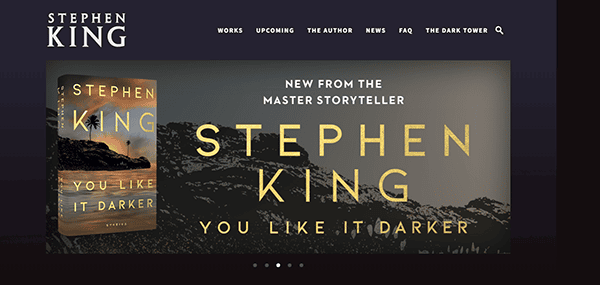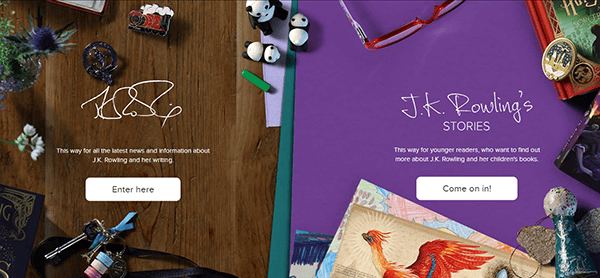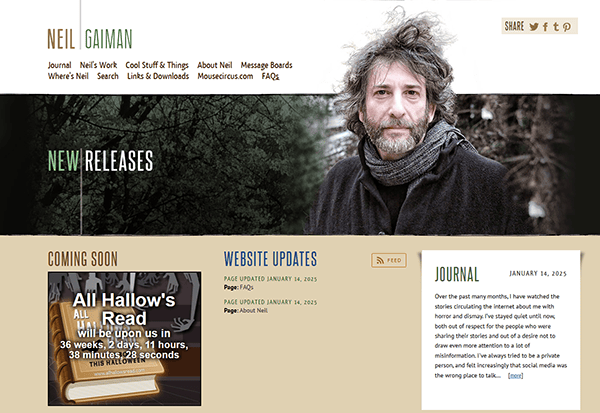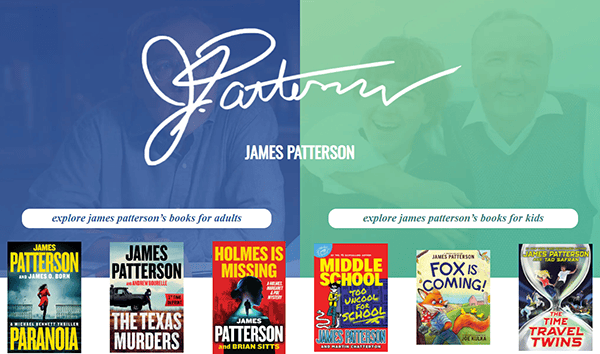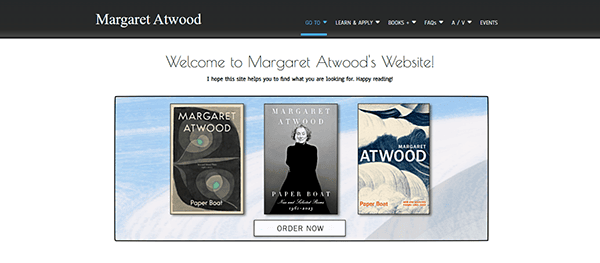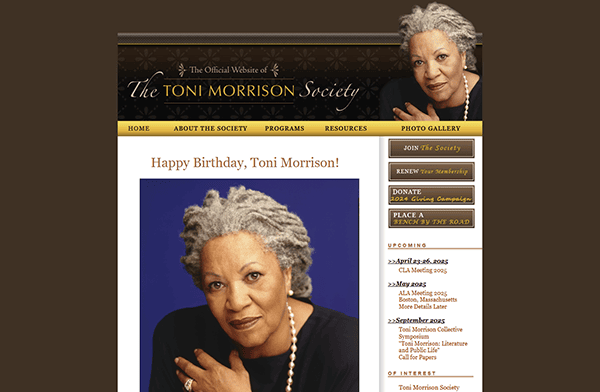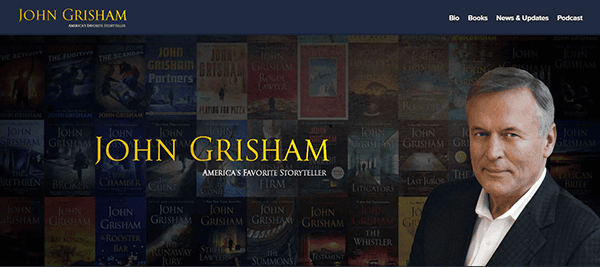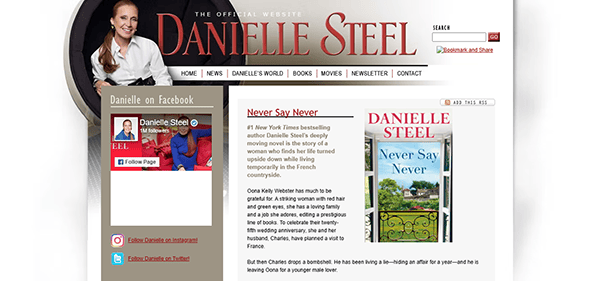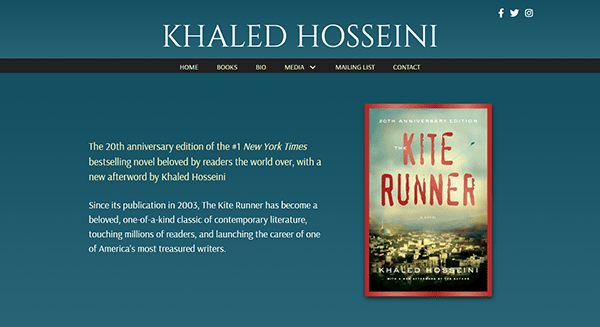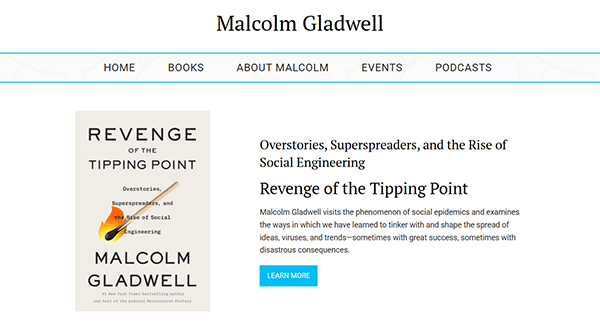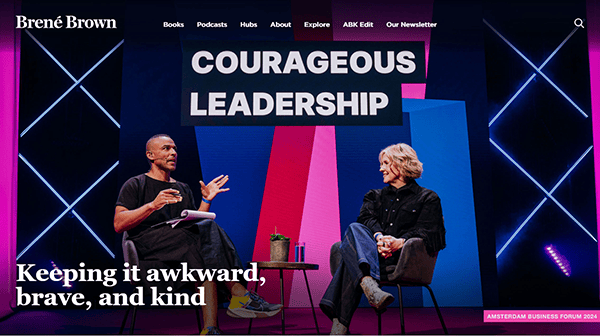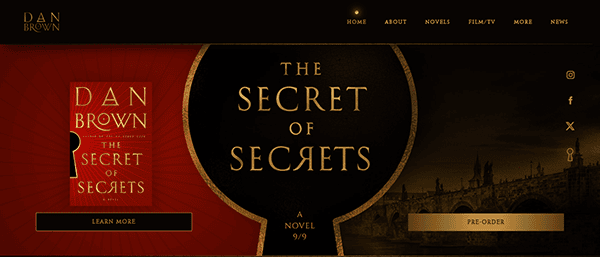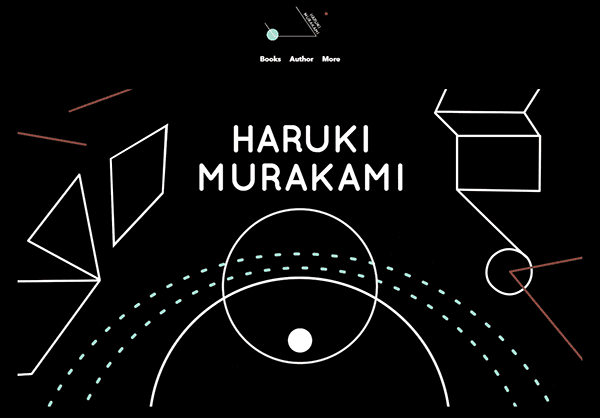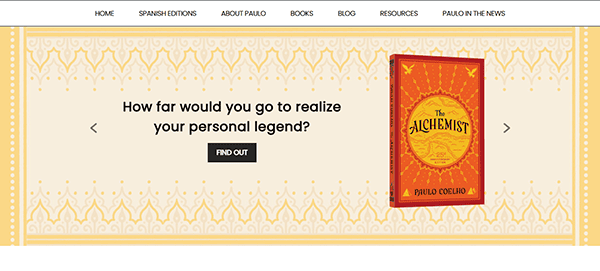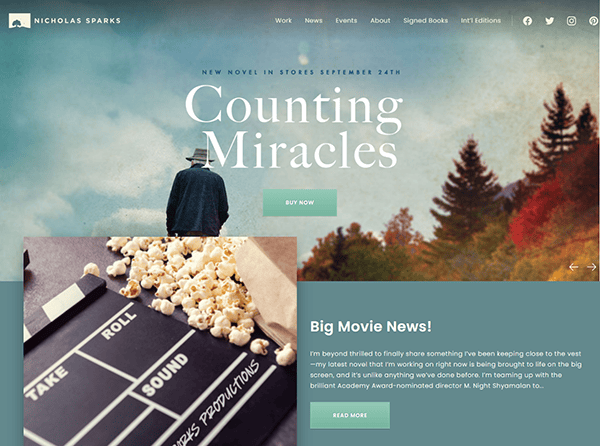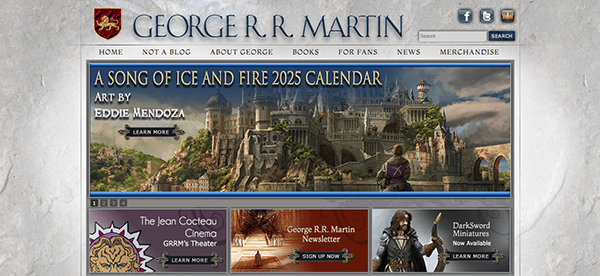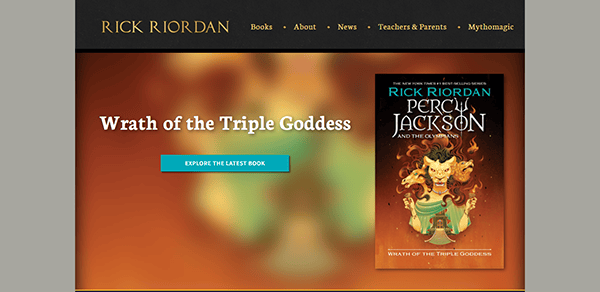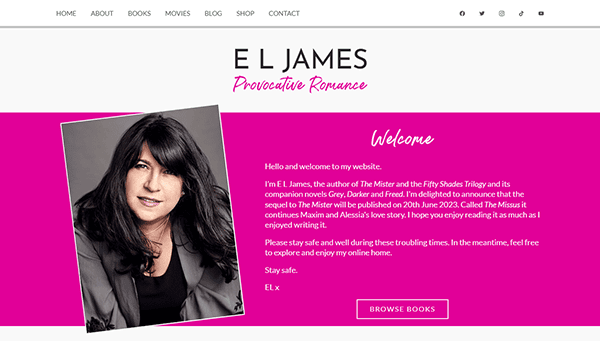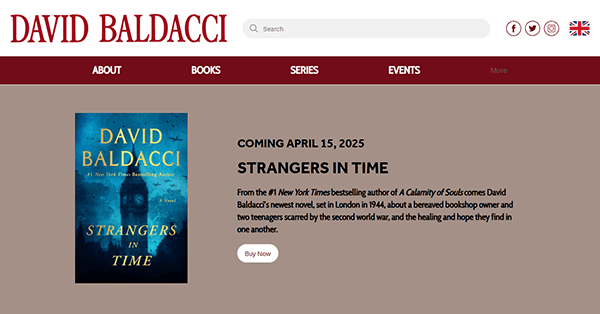For authors, establishing a strong online presence can be just as important as crafting the perfect sentence. In today’s digital era, readers often search for their favorite authors online before they ever step into a bookstore. A robust website not only provides information about your background and published works but can also serve as a platform to engage directly with fans.
Whether you’re an emerging writer or a seasoned novelist, having an online hub that reflects your style and voice is essential. By putting your books, events, and personal stories front and center, you build a meaningful connection with your audience. A thoughtfully built site can help you promote upcoming titles, share insights into your writing process, and create lasting relationships with readers. If you’re ready to learn more about building or upgrading your author website, check out this helpful resource.
In this post, we’ll explore some of the best author websites that excel in creativity, user experience, and storytelling. Whether you’re drawn to minimalistic designs or love to incorporate video and dynamic visuals, these examples will offer inspiration for your next website project.
Examples of the Best Author Website Designs
- Stephen King: Stephen King’s website invites visitors into a world of suspense the moment they land on the homepage. It uses a dramatic color palette that echoes the thrilling nature of his work. The navigation is intuitive, making it easy to browse his extensive bibliography, news, and upcoming events. A dedicated “Works” page is packed with book covers, short summaries, and direct purchase links. There’s also a community section, fostering fan engagement through forums and interactive features.

- J.K. Rowling: J.K. Rowling’s website features a whimsical design that hints at the magic her stories are known for. The homepage blends rich visuals with a clean layout, introducing her recent projects in a scrollable gallery. Fans can find a dedicated corner that celebrates the extended Harry Potter universe, complete with interactive quizzes and behind-the-scenes peeks. The site’s color scheme stays subtle but enchanting, helping new visitors and longtime readers alike immerse themselves in Rowling’s literary world.

- Neil Gaiman: Neil Gaiman’s site exudes imaginative storytelling, mixing illustrations with strong typography that reflects the surreal nature of his works. Navigation is arranged in a neat top menu, directing visitors to current projects, upcoming appearances, and a personal blog. His blog features musings on writing and occasional deep dives into his creative inspirations, which help readers feel a personal connection. The color scheme transitions between light and dark backgrounds, perfectly mirroring the fantastical essence of Gaiman’s stories.

- James Patterson: James Patterson’s website draws you in with bold typography and modern design elements. The homepage spotlights new releases and exclusive excerpts, enticing visitors to sample what’s next from this prolific author. A sticky header keeps the navigation within reach, leading fans to a newsletter signup, reader community, and a chronological display of all series. To maintain authenticity, Patterson’s bio page offers intriguing insights into his writing process, complete with multimedia interviews and behind-the-scenes anecdotes.

- Margaret Atwood: Margaret Atwood’s website embraces an artistic aesthetic, with watercolor-like accents and gentle transitions that reinforce her poetic style. Each page highlights not only her novels but also essays, speeches, and other projects, reflecting her diverse literary contributions. Visitors can explore interactive timelines that track their career milestones. Subtle animations underscore important calls to action, such as event signups or newsletter subscriptions. This careful blend of design choices presents Atwood as both a leading literary figure and an accessible creator.

- Toni Morrison: The official Toni Morrison Society site pays homage to her legacy with a thoughtful, library-like design. It’s filled with curated sections, including a biography, in-depth analyses of her novels, and information about commemorative events. The homepage exudes professionalism, featuring quotes that spotlight Morrison’s powerful command of language. The color scheme remains understated, which complements the scholarly resources available to students and fans. Complete with a membership area, the site encourages ongoing community engagement.

- John Grisham: John Grisham’s website underscores the legal-thriller atmosphere he’s renowned for. A grayscale palette meets striking red accents that guide the eye to pivotal sections. The layout is straightforward: you’ll find his latest novel prominently displayed at the center, followed by a chronological listing of earlier works. An “In the Media” section compiles interviews, reviews, and TV appearances, adding dimension to his author profile. The emphasis on new releases and easy purchase links ensures fans can quickly access his growing collection.

- Danielle Steel: Danielle Steel’s website projects elegance and romance, reflecting the themes of her widely beloved novels. Pastel backgrounds and gentle scripts create a welcoming vibe, while clear navigation helps visitors explore her extensive bibliography, news updates, and philanthropy work. The events page keeps readers informed about upcoming appearances, signings, and conferences. Her homepage slider highlights the newest publications, making it easy for fans to stay current with her prolific output. It’s a perfect model for balancing content richness with an approachable, heartfelt design.

- Khaled Hosseini: Khaled Hosseini’s site conveys a blend of cultural richness and compassion, reflecting the poignant themes in his novels. The homepage hero image captures a sense of journey, emphasizing his connection to global humanitarian efforts. Visitors can explore sections about his writing inspirations, philanthropic work, and media coverage. Hover-over animations provide an engaging user experience. The design strikes a balance between emotional visuals and streamlined functionality, ensuring fans can navigate easily while learning about Hosseini’s literary pursuits and charitable undertakings.

- Malcolm Gladwell: Malcolm Gladwell’s website is modern and to the point, mirroring his journalistic approach. Large, bold text immediately introduces his most recent releases, followed by succinct blurbs. The minimal color scheme puts the focus on the content, drawing attention to his books, podcast episodes, and speaking engagements. A persistent top menu allows visitors to jump between sections like “Books,” “Podcast,” and “About.” This clarity, paired with occasional testimonials from notable figures, reinforces Gladwell’s credibility and intellectual depth.

- Brené Brown: Brené Brown’s website adopts a warm, motivational vibe that keeps with her emphasis on courage and vulnerability. Her homepage is bright and uplifting, with quotes that highlight her core messages. The navigation menu takes you to her research articles, books, events, and courses. Subtle movement effects animate key sections, capturing attention without overwhelming visitors. A sense of community is front and center, thanks to regular blog updates and a resource library that helps readers apply her teachings in everyday life.

- Dan Brown: Dan Brown’s digital presence immerses fans in the mystery and intrigue of his novels. Dark motifs and metallic accents lend a sophisticated atmosphere that mirrors his cryptic storylines. The top menu organizes his publications by series, making it simple for new readers to jump into the correct order. A “Fascinating Facts” section offers behind-the-scenes glimpses into Brown’s research, reflecting his meticulous attention to detail. By pairing an enigmatic design with straightforward functionality, this website keeps readers exploring beyond the first page.

- Haruki Murakami: Haruki Murakami’s site captures his surreal, dreamlike style through evocative visuals and thoughtful typography. Minimalistic design meets abstract backgrounds, inviting visitors to explore at a relaxed pace. Book sections offer short synopses that introduce the existential undertones characteristic of Murakami’s writing. A subtle color palette of soft blues and greens calms the viewer, while clickable calls to action guide them to learn more about translations, interviews, and upcoming events. In a nod to his global audience, the site features multiple language options.

- Paulo Coelho: Paulo Coelho’s website resonates with the spiritual and philosophical undertones that define his celebrated novels. An uplifting color scheme and inspirational quotes greet users as they scroll. A dedicated “Blog” section includes Coelho’s reflections on current world events, writing tips, and personal stories. The emphasis on social media links fosters a sense of immediacy and community, bridging the gap between the author and fans. Despite its rich content, the layout remains uncluttered, allowing visitors to move seamlessly from story summaries to book purchase portals.

- Nicholas Sparks: Nicholas Sparks’s website captures the essence of heartwarming romance through pastoral imagery and gentle tones. His brand is front and center with large, rotating banners that showcase cinematic shots from his film adaptations. The site also integrates personal anecdotes about his writing journey, letting fans connect with him on a deeper level. Easy-to-spot links direct readers to purchase pages, upcoming signings, and adaptation news. This approach ensures that all visitors, whether die-hard fans or curious newcomers, can discover the emotional arcs that define his work.

- George R.R. Martin: George R.R. Martin’s website immerses you in a rich fantasy setting reminiscent of Westeros. A medieval-inspired color scheme and stylized fonts immediately set the tone. Key site sections delve into his books, short stories, and television projects. The “Not a Blog” page is updated regularly, where Martin shares personal updates and glimpses into his writing process. Links to fan forums and spin-off projects encourage community interaction. The cohesive layout and theming show how an author’s site can extend the reader experience beyond the printed page.

- Brandon Sanderson: Brandon Sanderson’s website effectively balances prolific output with user-friendly navigation. A crisp design organizes his many novels and short stories into well-labeled series. A progress bar feature keeps fans informed about which books he’s working on and how far along they are. The color palette leans neutral, placing emphasis on the cover art and descriptive text. His community interaction shines through in embedded social media feeds and frequent blog updates. This approach shows how a clear and direct layout can manage a large volume of content without sacrificing style.
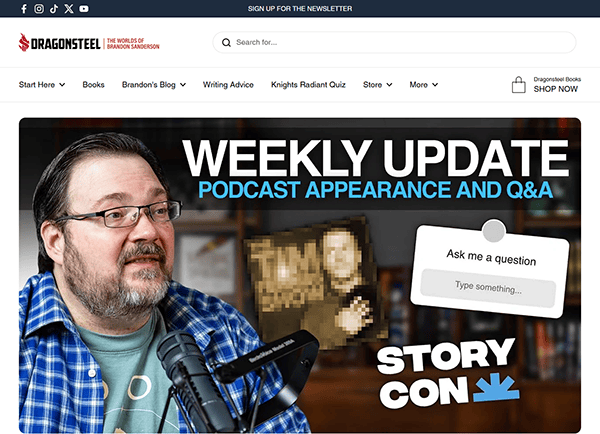
- Rick Riordan: Rick Riordan’s site brims with playful mythological elements, appealing to both young and adult readers. The homepage carousel cycles through his various series, each with distinct branding. A dynamic color scheme aligns with the adventures found in his Percy Jackson saga and beyond. Interactive quizzes allow fans to see which mythical world they’d belong in, further fostering engagement. Parents and educators get a dedicated section with teaching guides and suggested reading orders, reflecting Riordan’s aim to captivate and educate his audience.

- E.L. James: E.L. James’s website highlights romance and drama through a sleek, modern layout with grayscale photography and rose-gold accents. The homepage spotlights her most recognized works and invites visitors to dive deeper into plot summaries and character profiles. Social media links are featured prominently, reflecting her active online fan community. The site also includes excerpts of her newest stories, encouraging readers to sample before purchasing. Despite its elegance, the design remains straightforward, appealing to a broad audience seeking easily accessible information.

- David Baldacci: David Baldacci’s website masterfully combines visual intrigue with functional design. The main slider highlights his latest thrillers, while a sidebar neatly houses a newsletter signup and social media icons. The site’s layout feels cinematic, featuring dynamic transition effects as you scroll. Each book page is complete with reading guides, enabling book clubs and avid fans to dive into deeper discussions. The sense of storytelling is palpable at every corner, aligning perfectly with Baldacci’s reputation for gripping narratives.

Author websites are vital bridges between readers and the minds behind the stories. From showcasing upcoming novels to hosting interactive elements like blogs and quizzes, the best author websites do more than just list books—they invite visitors into the author’s creative world. By combining engaging visuals with succinct organization, each of these examples shows how a carefully considered online presence can enhance a writer’s brand and foster lasting reader connections.
If you’re thinking about building your own site, remember that your website design should reflect your personality, writing style, and the experience you aim to give your audience. Including elements such as behind-the-scenes content, engaging call-to-actions, and vivid imagery can help you stand out in a competitive market. There’s no better way to deepen a fan’s connection than by giving them a memorable online experience that mirrors the intrigue and depth of your published works.
Whether you’re a first-time novelist or a bestselling author, the best author websites strike a balance between visual appeal, user-friendliness, and targeted content. Keep the focus on your readers, and you’ll create a destination they’ll want to return to time and time again.
Top 10 Aspects of a Successful Author Website
- Clear Navigation: Organize your content so that visitors can effortlessly browse your books, blog, and bio, ensuring they find what they need quickly.
- Responsive Design: Make sure your site is mobile-friendly so potential readers can explore your work anytime, anywhere, without design glitches.
- Engaging Imagery: Use eye-catching visuals, like professional author portraits or thematic background images, to capture the essence of your writing style.
- Personal Touch: Inject personality into your website with an “About” section that shares your writing journey, inspirations, and unique anecdotes.
- Blog or News Section: Keep readers updated with announcements, writing tips, and personal reflections, showcasing your authenticity and dedication to your craft.
- Book Previews: Offer excerpts or summaries that give potential readers a glimpse into your stories, increasing interest in your work.
- Easy Purchase Options: Provide direct links to retailers or integrated shopping features so fans can seamlessly buy your books.
- Email Capture: Include a newsletter or subscription form so you can keep your audience engaged with new releases and special offers.
- Social Media Integration: Add clickable icons or embedded feeds to extend the conversation beyond your website and build community.
- Reader Engagement: Encourage feedback through contact forms, comment sections, or interactive quizzes, turning your fans into active participants.
FAQs About Author Web Design
How can I make my author’s website stand out from competitors?
Focusing on authentic storytelling and user-friendly design can set your website apart. Incorporate unique elements that reflect your writing style and share insights that readers can’t find elsewhere.
What platform is best for building an author website?
WordPress is a popular choice, offering customizable themes, intuitive editing features, and extensive plugin options that can tailor your site to your specific needs.
How much does it typically cost to design an author’s website?
Basic websites can begin at around $2,000 and increase from there based on design complexity, content volume, and advanced features like e-commerce or custom integrations.
How often should I update my author’s website?
It’s important to keep your site current and relevant for visitors but don’t update it just to appease search engines. Post meaningful content that adds value, such as upcoming events, new book releases, or behind-the-scenes peeks.
Are author websites necessary for writers at all stages of their careers?
Yes, an author website acts as your virtual headquarters, helping you connect with readers and showcase your work whether you’re just starting out or have multiple published titles.
Ready to elevate your author’s website? Contact CyberOptik for a free proposal for your new author website design and set your business up for success.


